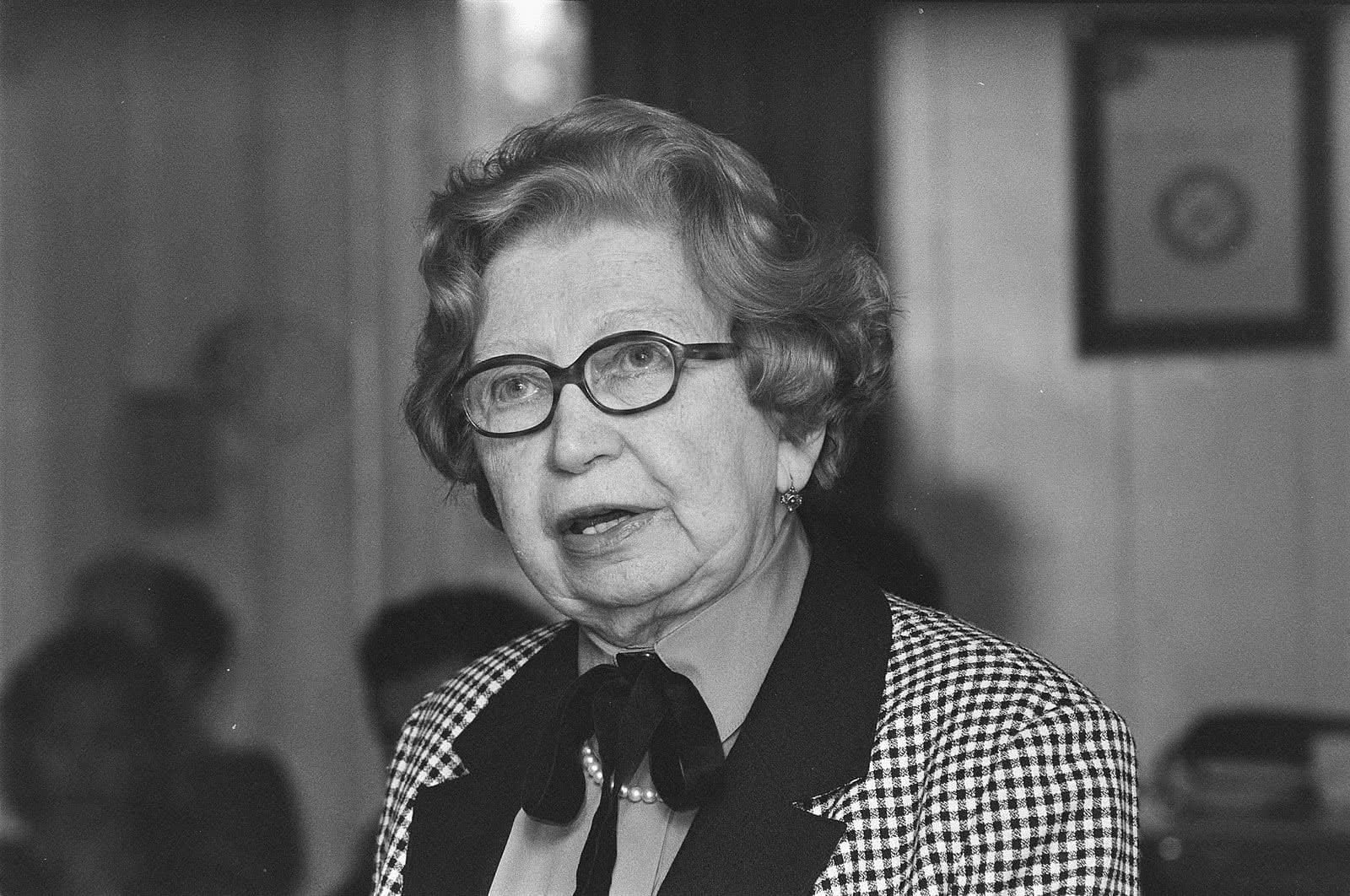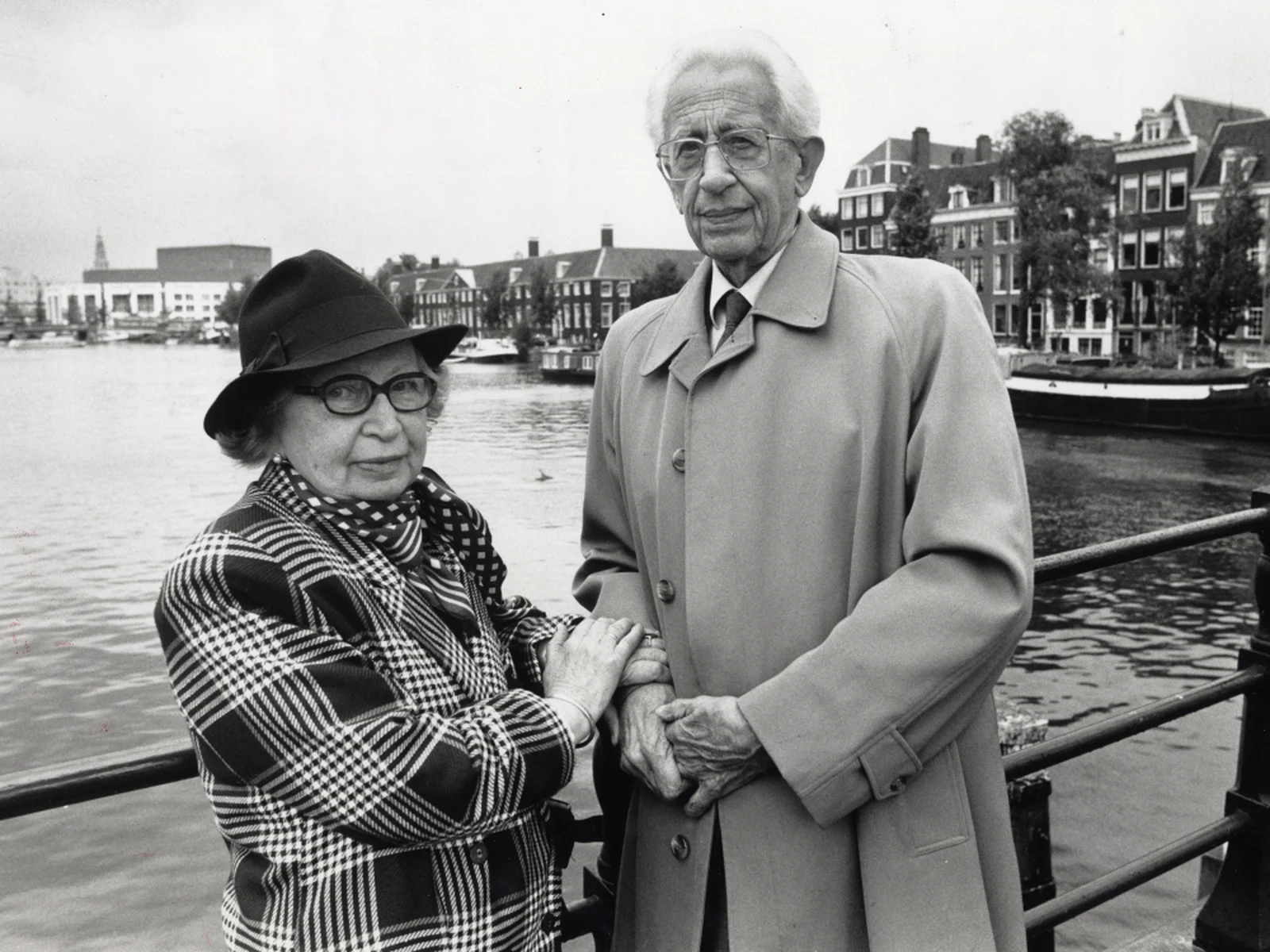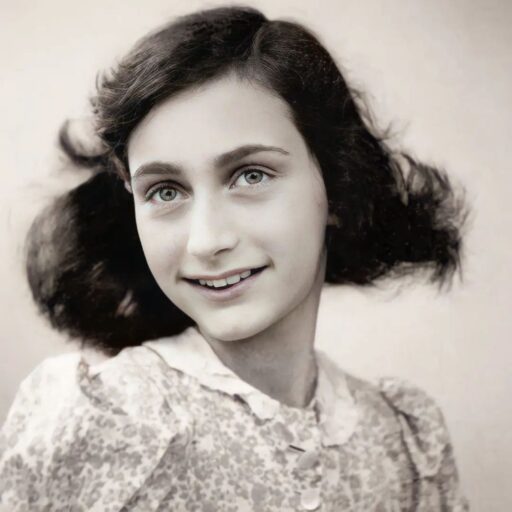
Miep Gies was a Dutch national, born on February 15, 1909, in Vienna, Austria. Her parents were Wilhelm and Mathilde Santruschitz. She was the youngest of four siblings, having two older brothers and one sister. When Miep was eleven, she moved with her parents to Leiden, the Netherlands, where she discovered her passion for reading. In her childhood, Miep had a typical life of a European girl, until the outbreak of World War I in 1914. The war caused her father’s unemployment, which led the family to poverty. However, Miep’s mother was resourceful and worked hard to keep the family afloat. She encouraged her children to study hard and strive for success. Miep’s love for reading and education grew stronger because of this.
In 1920, Miep’s father died of a heart attack. The news of her father’s death was a devastating blow to her family. At thirteen, Miep had to grow up quickly and assume responsibilities far beyond her age. She worked hard to support her family financially by taking on various jobs like serving in a restaurant at night after school and delivering laundry during the day. Miep graduated from high school in 1929. She had ambitions to continue her education and become a teacher. However, without financial support, Miep had to put her education on hold. She was forced to work full-time to support her mother and siblings.
In 1933, Miep was recruited by Otto Frank to work at his company, Opekta. At the time, she was twenty-four years old. Otto was impressed by Miep’s intelligence and work ethic, and he hired her on the spot. Otto and his wife Edith were Jewish immigrants from Germany, and they had two daughters, Margot and Anne. Miep quickly became close friends with the Franks and was treated like a member of their family. In 1940, Germany invaded the Netherlands, and the oppression of Jewish people began. Miep could see the fear and desperation in the Franks’ eyes. She and her husband, Jan Gies, knew they needed to help their Jewish friends in any way they could.
When Otto Frank began turning the annex into a hiding place for his family, he only told a few select people, one of whom was longtime Opekta employee Miep Gies. But he also needed her help–and the young woman didn’t hesitate to agree, despite the consequences if caught. In her 1987 book, Anne Frank Remembered, she recounted the conversation with her boss: “Miep, for those who help Jews, the punishment is harsh; imprisonment, perhaps-‘I cut him off. I said, ‘Of course, I meant it. To Miep, the Franks were like family.
During World War I. food was so scarce in her native Austria, the malnourished 11-year-old was sent by her parents to the Netherlands, where she was taken in by Dutch foster parents. Thirteen years later in 1933, Miep became one of the first employees hired by Otto for his new business, Opekta, and quickly worked her way up to a promotion as the head of customer service, and soon after, manager of sales representatives.

It was there she also met her husband, Jan Gies. Their July 1941 wedding was attended by Otto and Anne, and the couple was invited over to the Frank home for occasional dinners. As Miep watched the Franks’ young daughters mature, she noticed the effects of the German occupation. “Margot’s poor health had been aggravated by anxieties. Her sweet, quiet nature covered up her fears.” As for extroverted Anne, “She was very indignant about the injustices being heaped on the Jewish people…. It was as though the terrible events in the outside world were speeding up this little girl’s development.”
Miep and Jan were part of an underground resistance movement that helped Jewish people evade arrest and find hiding places. They provided the Franks with food, clothing, and other essentials. They even assisted them in many other ways during their time in the secret hiding place in the annex of Opekta’s building.
The Franks lived in hiding for two years until August 1944 when they were discovered. Miep and Jan were horrified by the news of the Franks’ capture. However, they hoped that the family had survived. In 1945, the war was over. Miep and Jan went to the building where the Franks had been hiding and found Anne’s diary. It was then that Miep realized the reason for Anne’s optimism, bravery, and cheerfulness throughout their hiding. Anne Frank’s diary, which documented her life in hiding, became highly popular and celebrated as a worldwide symbol of hope and inspiration. After the war, Miep and Jan were hailed as heroes for their bravery.
The couple modestly rejected the title, saying that they had merely done the right thing. Miep Gies lived a long life, passing away on January 11, 2010, at the age of 100. She spent her life advocating for human rights and, in particular, the rights of refugees. Miep never failed to remind people of the consequences of hate, fear, and discrimination, which led her to dedicate herself to this task for the rest of her life. Miep’s story serves as an inspiration for many people, especially when hate and fear seem to dominate society. Miep’s sincerity, bravery, and commitment to justice and compassion have made her a beacon of hope around the world.





